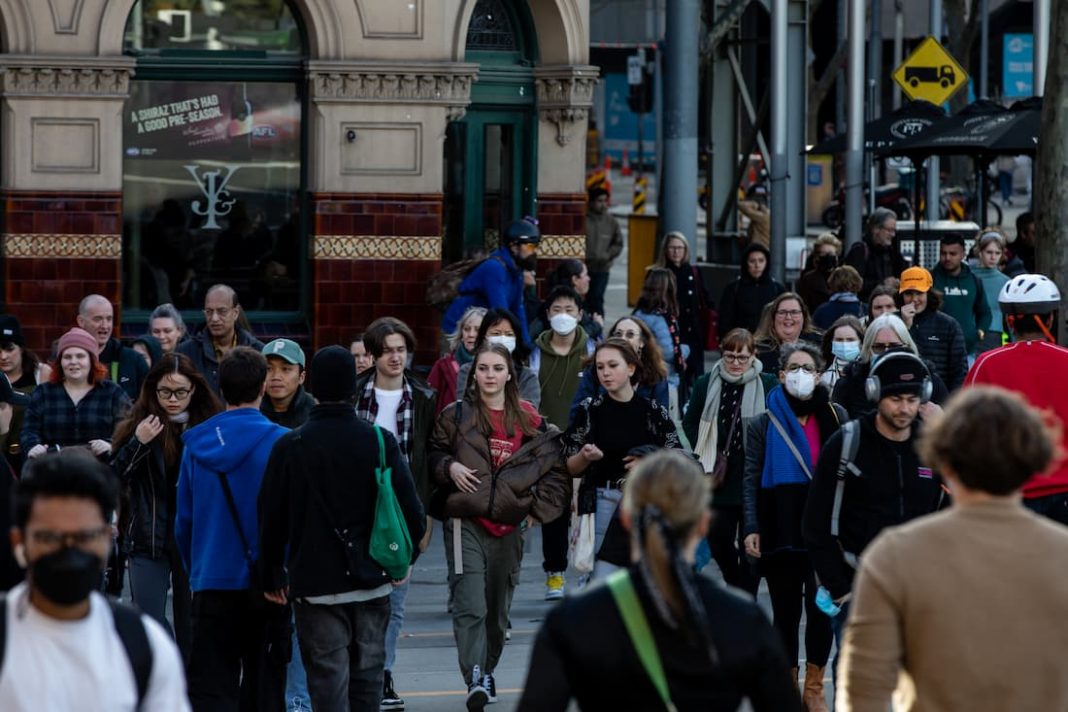Financially strained Australian households could be in line for more cost of living relief as the federal government considers its options for extra help.
That assistance is unlikely to come in the form of cash handouts as Prime Minister Anthony Albanese warns simply giving money could “potentially make inflation worse”.
Mr Albanese confirmed on Wednesday Treasury and the Department of Finance had been tasked with coming up with a fresh set of policy ideas for consideration before the May budget.
“Our priority will be to provide cost of living relief whilst taking pressure off inflation,” he said.
Fee-free TAFE, which began last year with more places opening in 2024, was flagged as an example of the type of cost of living relief under consideration.
The prime minister said the policy would create downward pressure on inflation by addressing longer term issues of labour market shortages and supply chain limitations.
Other help already in the system includes energy bill relief and boosted Commonwealth rent assistance.
The mid-year budget outlook, released in December, did not contain any cost of living measures, though the treasurer did allude to more assistance in May, if needed.
Australian households and businesses have been under pressure from rising consumer prices and the series of interest rate hikes aimed at tackling inflation.
Yet collectively, households are still squirrelling money away, with deposits totalling more than $1.4 trillion in November, data from the banking regulator shows.
That represents a gain of 0.7 per cent or $10.5 billion since October and a jump of 7.5 per cent from a year ago.
The deposits from households captured by the APRA data include term deposits, transaction accounts, mortgage offset accounts and savings accounts.
The numbers published by APRA reflect the “substantial savings buffers” highlighted by the central bank in its last statement on monetary policy in early November.
The trend began during the pandemic when locked-down households began tipping money into their mortgages, offset and savings accounts, as opportunities to go out and spend or travel were curtailed.
Reserve Bank of Australia governor Michele Bullock has said households, overall, are in a “pretty good position” despite the “noise” around interest rate rises and living costs.
“Their balance sheets are pretty good,” she told a conference in Hong Kong in late November.
RateCity research director Sally Tindall said the monthly increase in household deposits led to another overall record high.
“This data illustrates just how determined people are to keep a hold of their cash, ready for a rainy day,” she said in a statement.
“Australians managed to stash more than $10 billion extra in the bank in November alone.
“While the RBA is ultimately looking for evidence of people dipping into their savings, this is a positive sign that Australians are putting a priority on building themselves healthy buffers.”
But not everyone is in the same position, as the Australian Council of Social Services has noted.
“There are more than three million people living in poverty in Australia,” CEO Cassandra Goldie said recently.
“More than 5.3 million said they could not afford a Christmas meal.”
By Poppy Johnston and Kaaren Morrissey in Canberra



